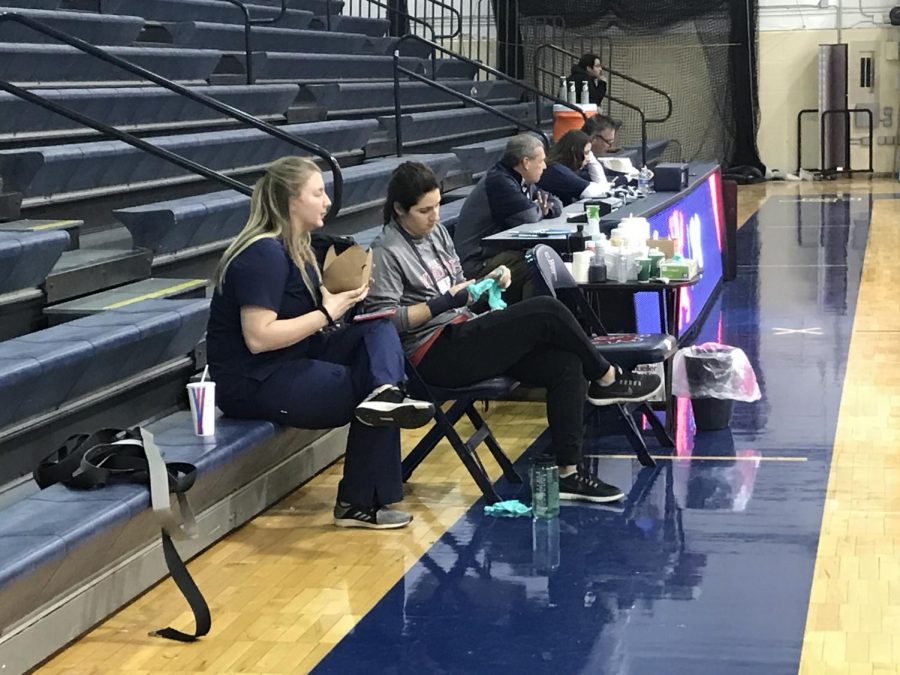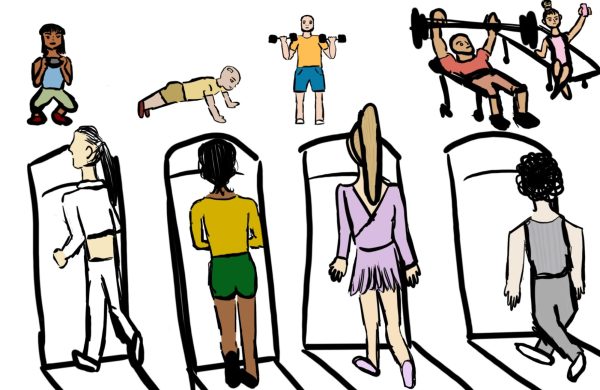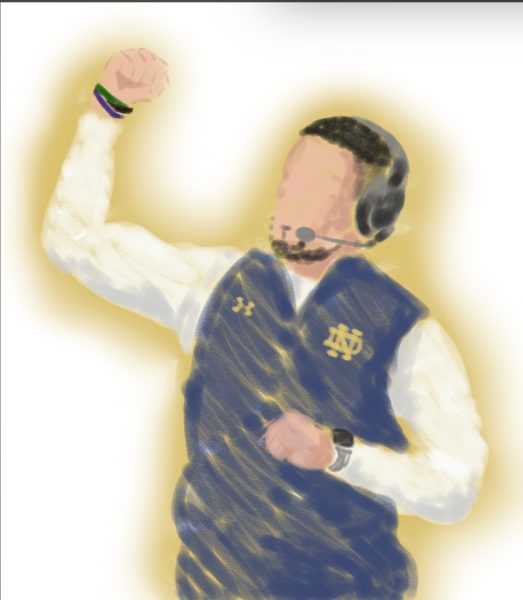Do injured athletes trust trainers?
The air is thick with tension as the scoreboard remains even. This game determines whether the player will go down in high school history or earn a scholarship to continue playing the sports she love. She steps up to the line and holds the volleyball with clenched hands. This critical moment will burn in her mind as the last game of her senior year. She jumps in the air and crashes. The pain seizes her body and she knows her foot is broken.
There is no doubt that high school sports are competitive, but when an injury is obtained athletes rely on coaches, but most importantly, trainers to ensure that they achieve a full recovery. In high school sports it is not uncommon to hear of someone receiving a concussion or rolling an ankle, but will trainers give the care needed?
“[The hardest part is] Probably dealing with parents and Athletes that don’t buy into what you are saying,” said Gina Garro, the Athletic Trainer at Saint Viator High School.
A trainer’s job is to help a player on and off the court to make sure he or she has the proper care needed to make a full recovery and to become a better athlete. In addition, a trainer is supposed to know what is best for the athlete and the steps needed for a full recovery.
“I seek the trainer first if I have an injury to see their opinion and then go to a doctor to see what they have to say,” said Kate Nottoli, a senior and captain of the varsity volleyball team.
Although a trainer is there to help, they might not have all the tools needed to make sure athletes are on their way to recovery. A trainer’s main focus is to prevent, examine, diagnose, treat, and rehabilitate injuries.
“Trainers need to be well educated about common injuries in different sports and how to help you,” said Katie Castelli, a sophomore on varsity cross country.
Trainers are supposed to know what to do and how to help people. They are supposed to encourage and support, but most importantly they improve and strengthen a player. As well, a trainer is supposed to know what is best for an athlete and help set limits so that an athlete is not overworked. In the end, trainers are there to make the best athlete possible and to support a player through adversity.
Your donation will support the student journalists of Saint Viator High School. Your contribution will allow us to purchase equipment and cover our annual website hosting costs.





